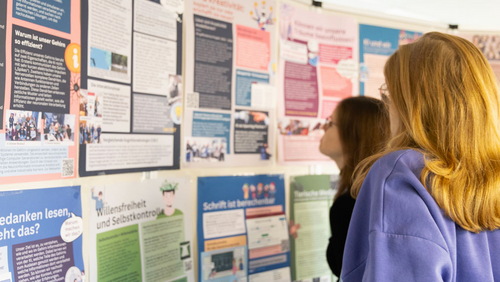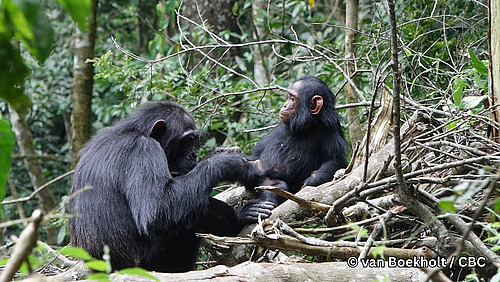What is new about this approach is that these models organize information spatially - similar to the "maps" of the visual cortex. They thus build a bridge between powerful AI and biological plausibility. The study "End to end topographic networks as models of cortical map formation and human visual behavior" has been published in Nature Human Behaviour (DOI: 10.1038/s41562 025 02220 7).
"With All TNNs, we are bringing artificial intelligence closer to its biological roots. This helps us to better understand the brain and at the same time build more efficient AI systems," says project leader Prof. Tim C. Kietzmann from the Institute of Cognitive Science at Osnabrück University.
The background: although computing power increases with each new generation of AI systems, their internal information processing is becoming increasingly distant from that of humans. This makes two central goals more difficult: firstly, understandable, explainable AI and secondly, the use of strong AI models as a simulation of the brain. All TNNs are reversing this trend: They bring artificial networks back closer to the natural organization of the cortex and thus create a possible prerequisite of a common language for AI and neuroscience.
Instead of searching for identical patterns everywhere in the image - as classical convolutional neural networks do - All TNNs create a two-dimensional "artificial cortex". In this area, each artificial neuron lies next to cells with similar selectivity, but as the distance increases, the specialization gradually changes, so that the AI creates a kind of mosaic of knowledge. This topographical principle corresponds to the structure of our visual system and is lacking in previous AI architectures.
"Tests with the new approach show that the behavior of All TNNs comes significantly closer to human behavior than previous approaches ¬- an important step, because the alignment of behavioral patterns between artificial and biological vision is still an unsolved problem," says Kietzmann. At the same time, the simulations show that the new type of networks would require less energy as physical systems, as neighboring units work in a coordinated manner - an effect that nature apparently also uses.
In neuroscience, All TNNs are used as digital models to research the development of cortical maps. For AI development, All-TNNs provide a basis for the path to explainable, resource-saving systems.
Further information for editors:
Prof. Dr. Tim C. Kitzmann, Osnabrück University
Institute of Cognitive Science
tim.kitzmann@uni-osnabrueck.de





